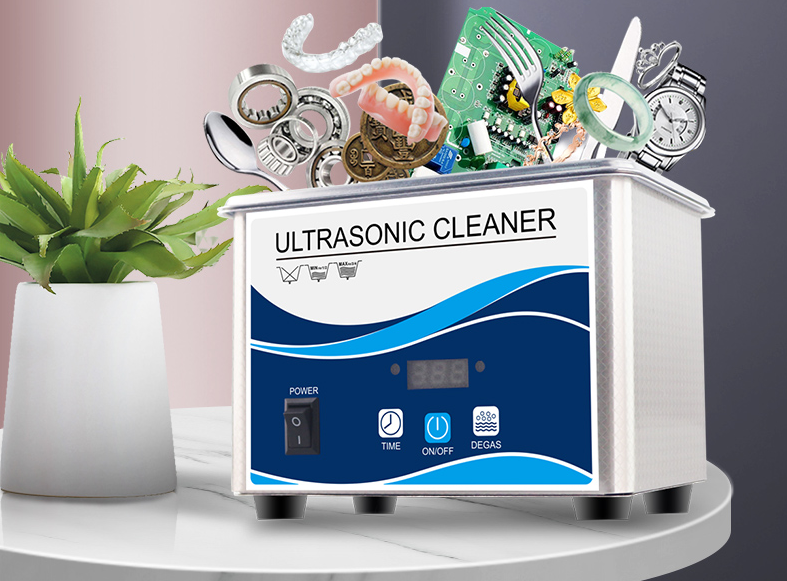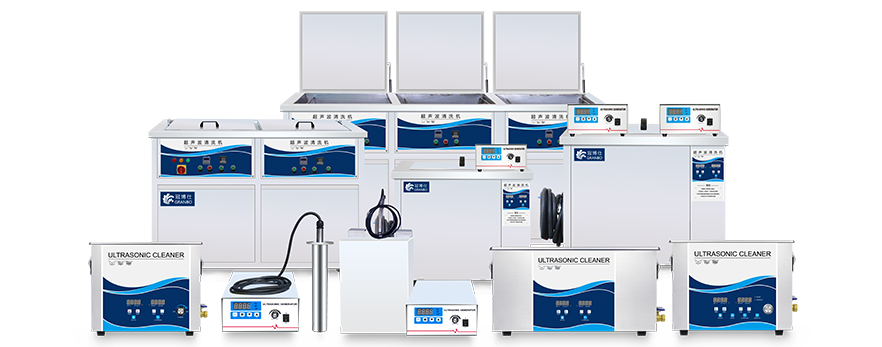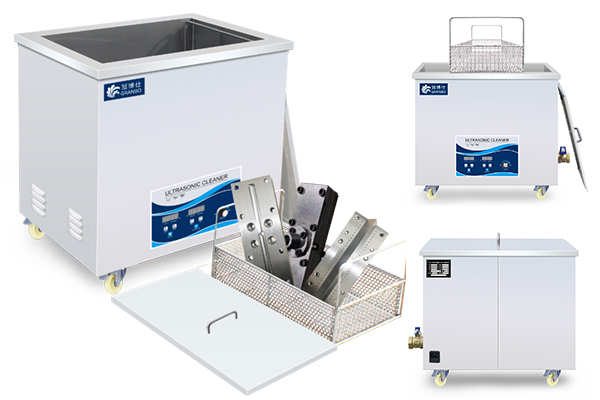Ultrasonic cleaning is a highly effective method for cleaning engine cylinders. Engine cylinders can become dirty and contaminated with debris, oil, and carbon buildup over time, which can lead to decreased performance and potential engine damage. Ultrasonic cleaning uses high-frequency sound waves to agitate a cleaning solution, creating millions of microscopic bubbles that penetrate even the tiniest crevices and remove contaminants.
To clean an engine cylinder with an ultrasonic cleaner, follow these steps:
- Remove the cylinder from the engine and disassemble it as needed. It’s important to remove any loose debris or buildup on the cylinder before placing it in the ultrasonic cleaner.
- Fill the ultrasonic cleaner tank with an appropriate cleaning solution. There are many different cleaning solutions available for ultrasonic cleaning, but it’s important to choose one that is suitable for the type of metal used in the engine cylinder.
- Place the cylinder into the ultrasonic cleaner tank, making sure it is fully submerged in the cleaning solution. It’s important to avoid overcrowding the tank, as this can reduce the effectiveness of the cleaning process.
- Turn on the ultrasonic cleaner and let it run for the recommended amount of time. The length of time will depend on the severity of the contamination and the type of cleaning solution used.
- Once the cleaning process is complete, remove the cylinder from the ultrasonic cleaner and rinse it thoroughly with clean water. Dry the cylinder completely before reassembling it and reinstalling it in the engine.
Cleaning video:
In conclusion, ultrasonic cleaning is an effective method for cleaning engine cylinders and restoring their performance. It’s important to choose an appropriate cleaning solution and follow the recommended cleaning process to ensure the best results.




